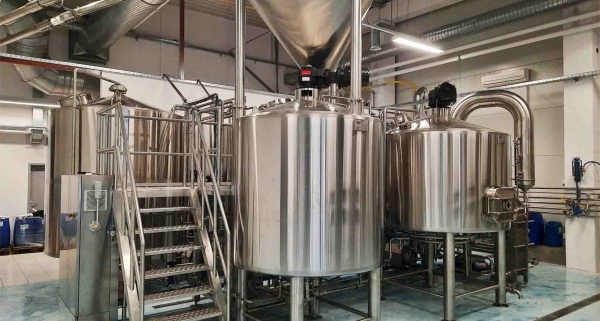Top 7 Nano Brewing Systems for Small Breweries in 2025
What is Nano Brewing Equipment?
So, you’re curious about nano brewing equipment? Great! Let’s break it down in plain English. Nano brewing equipment is essentially small-scale brewing gear used to produce craft beer in tiny batches. Think of it like the difference between cooking dinner for your family and catering for a giant wedding. Nano brewing sits at the smallest end of commercial brewing—smaller than microbreweries, way smaller than those big industrial giants.
Typically, nano breweries operate on systems that brew between 1 to 3 barrels per batch. That means you’re making about 31 to 93 gallons of beer at a time. This setup is perfect for people just stepping into the craft beer world, homebrewers wanting to go pro, or anyone testing new recipes without the hefty commitment of a full-scale operation.
Nano brewing equipment isn’t just “small” brewing equipment; it’s purpose-built for small batch control, easier cleaning, and tight spaces. It gives brewers the flexibility to innovate without breaking the bank or needing a warehouse-sized brewery. Think of it like brewing with a Swiss Army knife instead of an entire toolbox—it’s compact, but it gets the job done well.
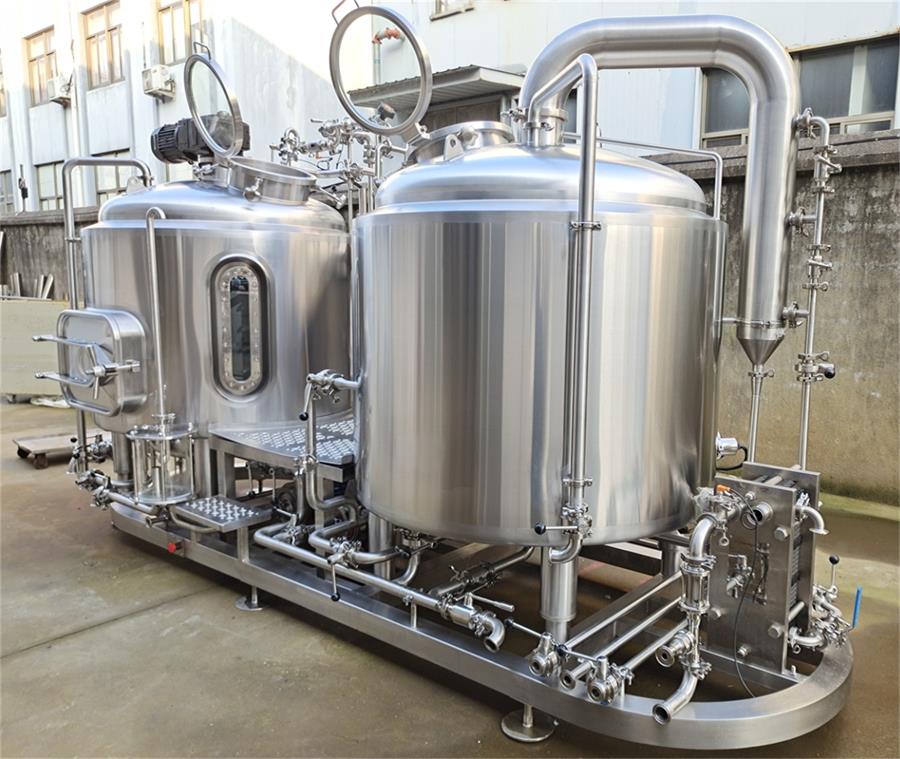
Advantages of Nano Brewing: Why Go Nano?
Let’s talk perks. Why would someone choose nano brewing instead of diving headfirst into a larger brewery setup? Well, the advantages are pretty convincing.
First off, lower startup costs make it much more accessible. Instead of needing hundreds of thousands of dollars, nano brewing often requires an investment in the tens of thousands range. It’s a more manageable financial leap for passionate homebrewers.
Nano brewing also offers greater experimentation freedom. You can brew small batches of quirky, seasonal, or unusual beers without risking a massive financial loss if a batch doesn’t turn out as planned. It’s the craft beer playground, really.
Another big win? Less space required. You can often squeeze a nano brewing system into a small commercial space or even a garage. Compared to traditional breweries that need industrial-sized rooms, nano breweries are the cozy studio apartments of the beer world.
There’s also the benefit of closer community ties. Nano breweries typically serve local customers, building a tight-knit, loyal fan base who appreciate the unique, small-batch experience.
Plus, let’s not forget the faster turnaround time. Brewing smaller batches means you can go from grain to glass quicker, allowing for a more responsive and adaptive product line.
Essential Nano Brewing Equipment: What You Actually Need
Okay, let’s get into the nitty-gritty. What equipment do you really need to start your nano brewery? Let me paint the picture for you. Imagine you’re building a tiny kitchen where every tool counts. Here’s what your essential toolkit looks like:
1. Mash Tun
This is where it all begins. The mash tun is your mixing pot, where malted grains and hot water come together to create the sweet liquid called wort. Nano systems typically have mash tuns sized between 30 to 100 gallons.
2. Brew Kettle
Think of the brew kettle as the heart of your operation. It’s where you boil the wort with hops to develop flavors, aromas, and bitterness. Smaller nano brew kettles usually range from 1 to 3 barrels in volume.
3. Fermenters
Fermenters are where the magic happens—yeast is added, sugars get converted, and beer is born. Stainless steel fermenters are most common, though some nano brewers use food-grade plastic fermenters to cut costs. Sizes often match the kettle volume.
4. Wort Chiller
After boiling, you need to cool the wort quickly to a yeast-friendly temperature. Plate chillers and immersion chillers are popular options in nano brewing setups.
5. Pumps and Tubing
You’ll need pumps to transfer liquids between equipment and food-grade tubing to safely move your beer without contamination.
6. Cleaning Equipment
Don’t underestimate the importance of cleaning. Proper sanitation gear, like CIP (clean-in-place) systems and chemical cleaners, keeps your beer free from nasty off-flavors.
7. Packaging Gear
Depending on your business model, you might need bottling, canning, or kegging equipment. Some nano breweries start with growler fills and later invest in more extensive packaging solutions.
Here’s a detailed comparison of essential nano brewing equipment:
| Equipment | Purpose | Typical Size (Nano Scale) | Key Considerations |
|---|---|---|---|
| Mash Tun | Mixing malt & water | 30-100 gallons | Insulated, ease of grain removal |
| Brew Kettle | Boiling wort with hops | 1-3 barrels | Heating source, volume control |
| Fermenters | Fermenting beer | 1-3 barrels | Temperature control, material |
| Wort Chiller | Cooling wort quickly | Compact | Speed of cooling, ease of cleaning |
| Pumps & Tubing | Transferring liquids | Varies | Sanitation, durability |
| Cleaning Equipment | Sanitation of equipment | Customizable | CIP systems, effective chemicals |
| Packaging Gear | Bottling, canning, or kegging | Scalable | Startup with growlers or kegs |
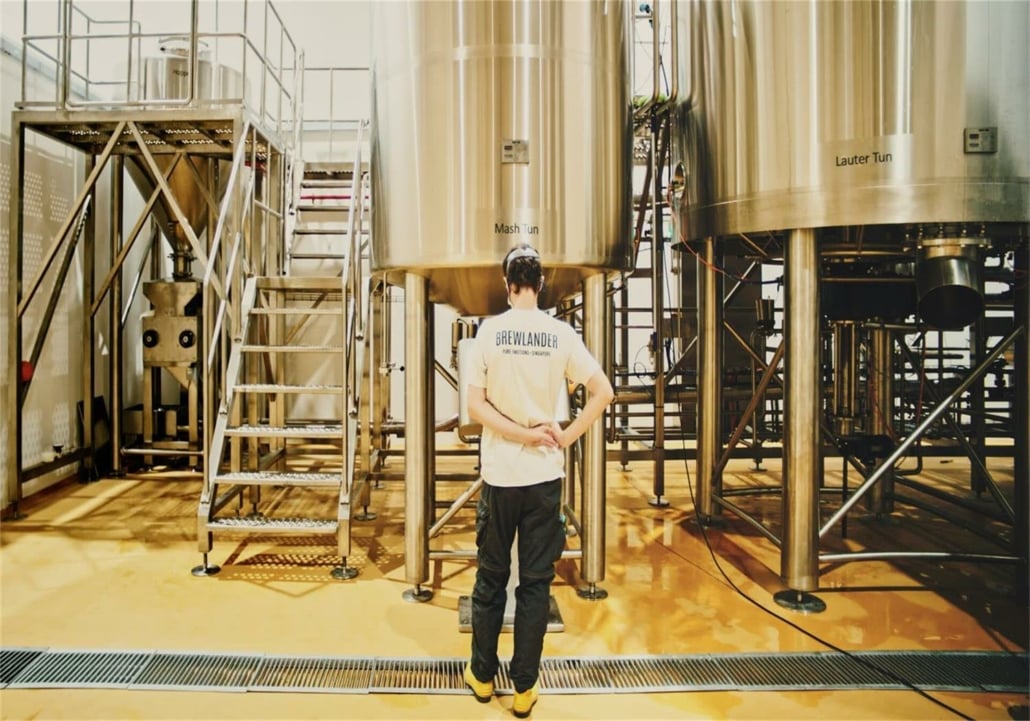
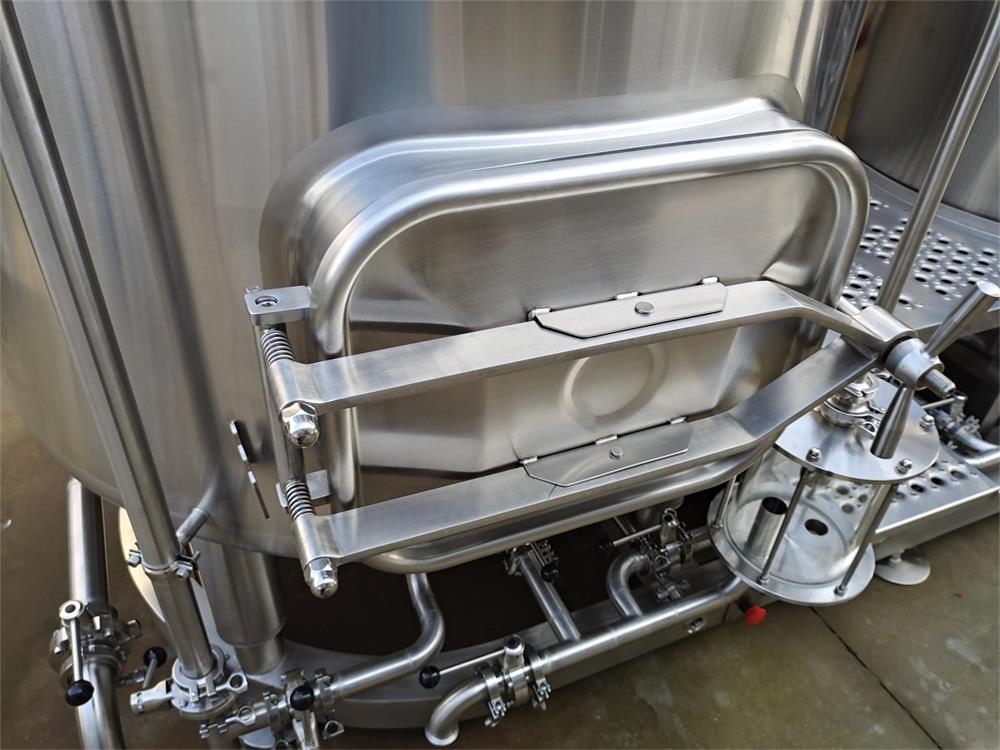

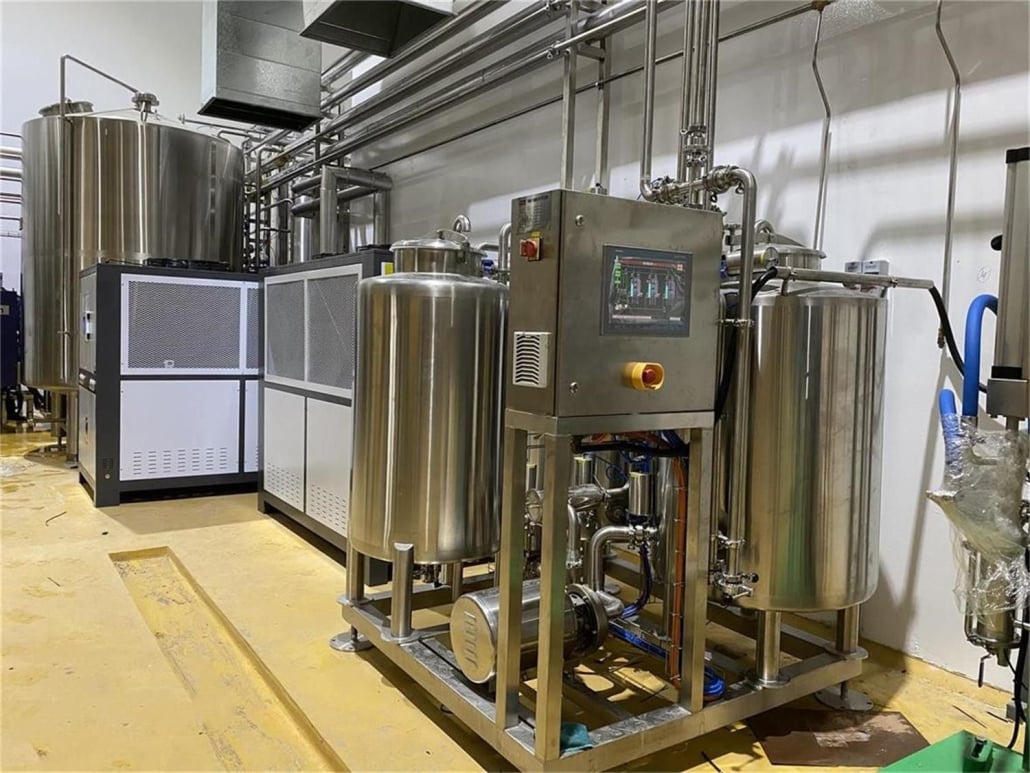
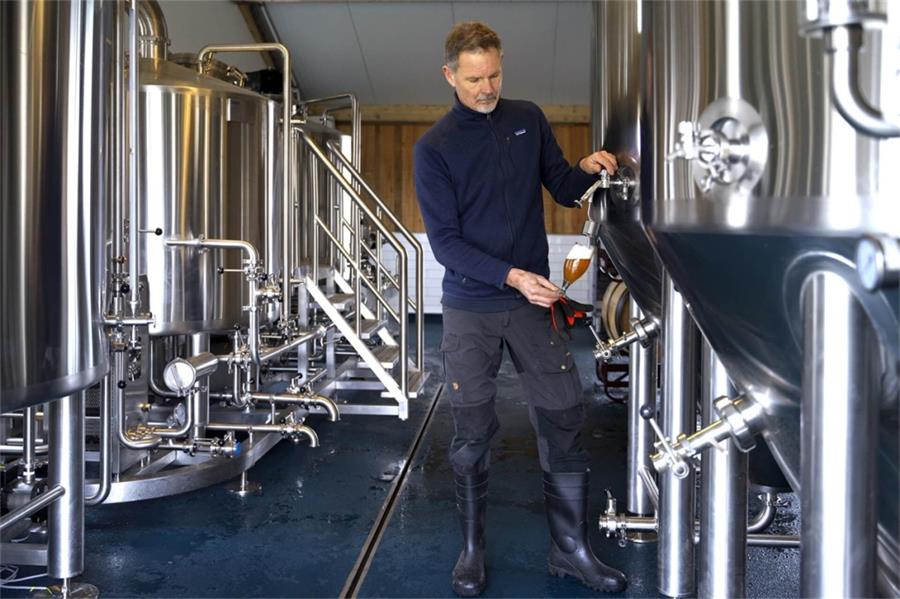
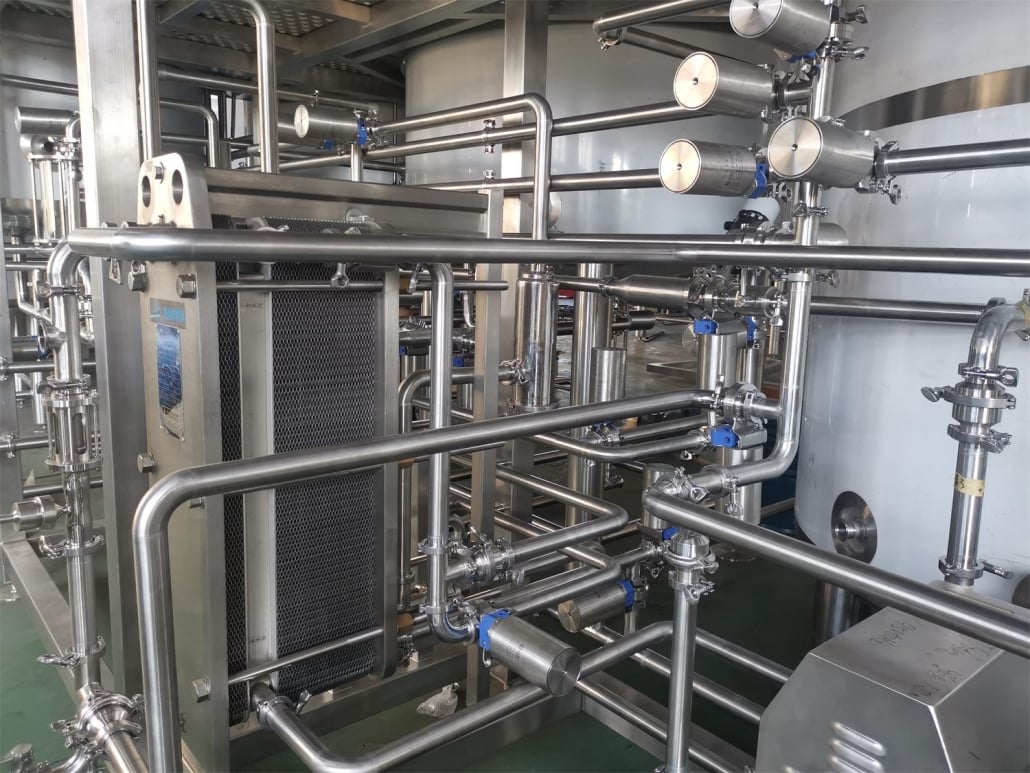
How to Choose the Right Nano Brewing Equipment
Picking the perfect nano brewing setup isn’t like buying a new toaster—it’s a big decision with lots of moving parts. Here’s how to navigate the maze.
Assess Your Brewing Volume Needs:
Do you plan to sell exclusively in a taproom, distribute to local bars, or just brew part-time? Your target production volume will dictate the equipment size. If you plan to brew often, go for the higher end of nano systems (like 3 barrels). For occasional brewing, smaller setups will do.
Consider Your Available Space:
Nano brewing shines because it fits into smaller areas, but you still need to measure carefully. Will your mash tun fit through your door? Is there enough ventilation? How about drainage? These practical details can make or break your setup.
Look at Automation vs. Manual Control:
Fully manual systems are cheaper but more labor-intensive. Automated systems cost more upfront but save time and reduce the chance of human error. If you plan to scale, automation might be worth the splurge.
Evaluate Material Quality:
Stainless steel equipment is durable, easy to clean, and less prone to contamination than plastic. However, plastic fermenters can be a budget-friendly starting point.
Plan for Growth:
Choose equipment that you can easily upgrade or expand. Getting a modular system now might save you headaches later when your brewery grows.
Here’s a practical equipment selection guide:
| Selection Factor | Key Considerations |
|---|---|
| Brewing Volume | Match system size to production goals |
| Available Space | Measure doorways, ceilings, and floor space |
| Automation Level | Manual = cheaper, Automated = efficient |
| Material Quality | Stainless steel preferred over plastic |
| Scalability | Opt for modular, upgradeable setups |
Cost of Setting Up a Nano Brewery
Let’s talk money—the part everyone wants to know. Starting a nano brewery can cost anywhere from \$10,000 to \$100,000+, depending on the size, quality, and level of automation you choose. That’s a huge range, right? Let me break it down.
Basic Nano Brewing Setup (Entry-Level):
A barebones system with mostly manual equipment, smaller capacity (1-barrel), and minimal packaging can cost around \$10,000 to \$30,000. This is perfect for side-hustlers or super-local taproom setups.
Mid-Range Nano Brewing Setup:
If you want to step it up with better-quality stainless steel, some semi-automation, and capacity for small local distribution, expect to invest \$30,000 to \$70,000.
Advanced Nano Brewing Setup:
Going all-in with full automation, larger tanks (closer to 3 barrels), advanced cleaning systems, and packaging lines? Now you’re looking at \$70,000 to \$100,000 or more.
Here’s a breakdown:
| Setup Level | Estimated Cost | Features |
|---|---|---|
| Basic | \$10,000 – \$30,000 | Manual, entry-level, small batches |
| Mid-Range | \$30,000 – \$70,000 | Stainless steel, semi-automated |
| Advanced | \$70,000 – \$100,000+ | Full automation, larger batch sizes |
Keep in mind you’ll also need to budget for:
- Licensing and permits
- Rent or building costs
- Ingredients and utilities
- Marketing and branding
Recommended Brands and Suppliers of Nano Brewing Equipment
Not all brewing gear is created equal. Some brands are the Cadillacs of nano brewing, while others are more like the trusty Hondas. Let’s compare.
Ss Brewtech
These guys are known for sleek, high-quality stainless steel equipment. Homebrewers love them for their user-friendly designs. Their nano brewing systems are well-reviewed, and their fermenters are top-notch. Compared to others, they lean toward the higher price side but offer solid durability.
Spike Brewing
Spike is famous for their customizable systems. You can mix and match to build the setup of your dreams. They’re competitively priced and known for excellent customer service. Up against Ss Brewtech, they’re often considered more flexible but slightly less polished in finish.
Blichmann Engineering
Blichmann has a great reputation for innovation. Their Nano System line is solid, and their automated options make brewing life easier. They tend to sit somewhere between Ss Brewtech and Spike in terms of pricing but are considered more advanced in automation features.
Stout Tanks and Kettles
These guys focus on professional-grade gear at accessible prices. They’re popular among nano brewers ready to scale. When compared to Blichmann, Stout Tanks offer slightly more affordable packages but can be less visually refined.
Here’s a quick side-by-side:
| Brand | Strengths | Pricing | Reputation |
|---|---|---|---|
| Ss Brewtech | High-quality stainless, user-friendly | Higher | Premium, durable |
| Spike Brewing | Customizable, good support | Mid-range | Flexible, customer-focused |
| Blichmann Engineering | Innovative, automation options | Mid to high | Advanced, tech-savvy |
| Stout Tanks & Kettles | Professional-grade, affordable | Mid to lower | Practical, scalable |
How Much Beer Can a Nano Brewery Produce Per Batch?
This is the million-dollar question: just how much beer are we talking about? A typical nano brewery can produce 1 to 3 barrels per batch. Since a barrel is 31 gallons, that means you’re brewing 31 to 93 gallons per run. To visualize, that’s about 248 to 744 pints of beer per batch.
Now, compared to microbreweries (which brew up to 15 barrels per batch) or larger breweries, nano brewing is small fry. But small doesn’t mean insignificant. This size is perfect for:
- Serving fresh beer in a taproom
- Supplying local bars and restaurants
- Running seasonal or experimental brews
The batch size directly impacts your profit margins and production schedule. Smaller batches mean more frequent brewing cycles, which is great for variety but requires more labor hours per pint compared to larger systems.
| Brewing Scale | Batch Size | Typical Usage |
|---|---|---|
| Nano Brewery | 1-3 barrels (31-93 gal) | Taproom, local bars, limited runs |
| Microbrewery | 3-15 barrels | Regional distribution, larger taprooms |
| Commercial Brewery | 15+ barrels | Wide distribution, high-volume sales |
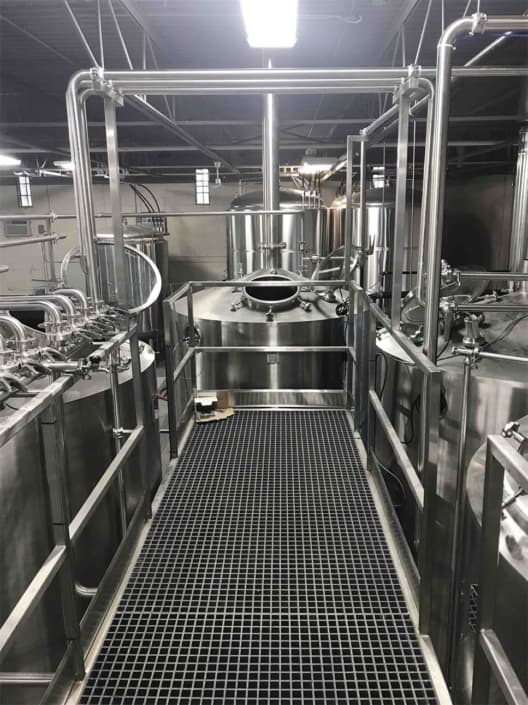
FAQs
| Question | Answer |
|---|---|
| What size is considered nano brewing? | Nano brewing typically refers to brewing systems between 1 to 3 barrels per batch, which is about 31 to 93 gallons. |
| Can I start a nano brewery at home? | Technically, yes, if local laws allow, but most nano breweries require a commercial license and proper zoning to sell beer. |
| How much does nano brewing equipment cost? | Costs can range from \$10,000 for entry-level setups to over \$100,000 for advanced, automated systems. |
| What is the profit margin for nano breweries? | Profit margins vary, but small batch brewers often aim for 30% to 50% margins, depending on ingredients, packaging, and sales model. |
| How long does it take to brew beer in a nano system? | From brew day to glass, it typically takes 2 to 4 weeks, depending on beer style and fermentation speed. |
| Can nano breweries scale up later? | Yes! Many nano systems are modular and can be expanded with additional fermenters or larger brew kettles. |
| Do I need brewing experience to start? | It helps a lot, but some nano brewers learn on the job. Formal training or internships at local breweries can fast-track your skills. |

